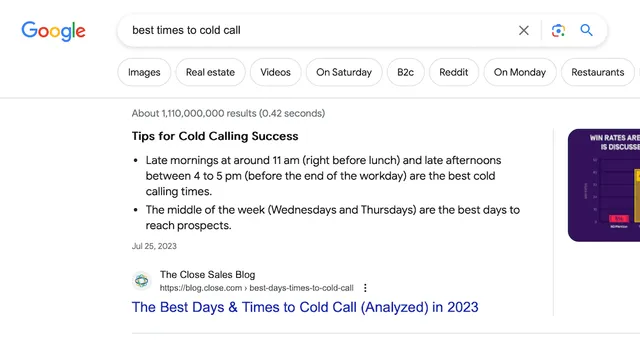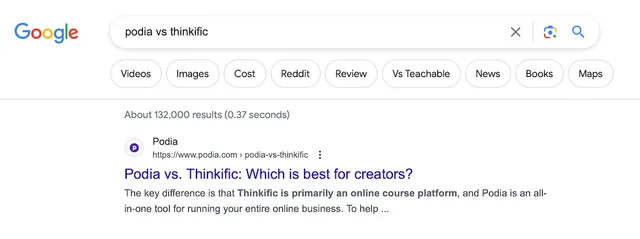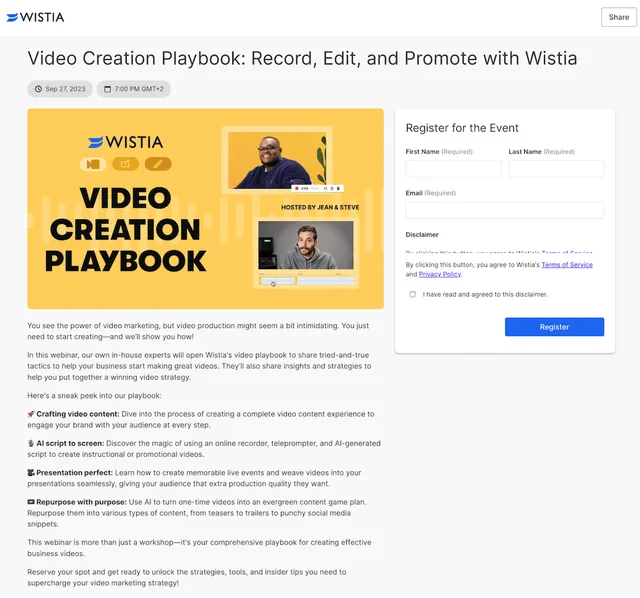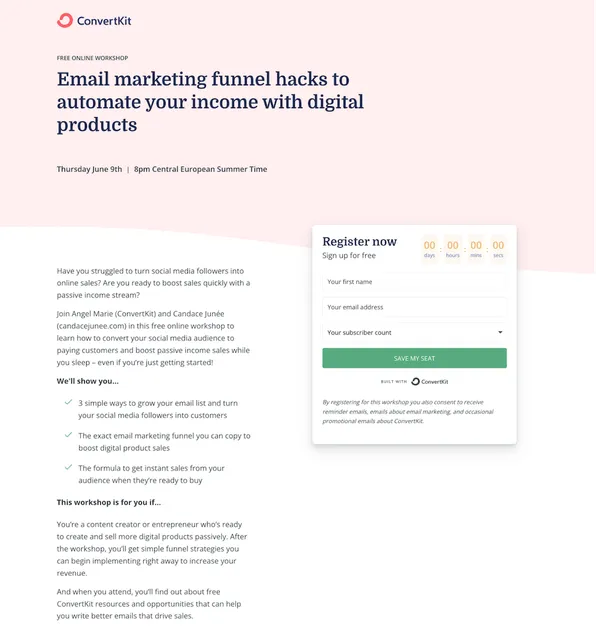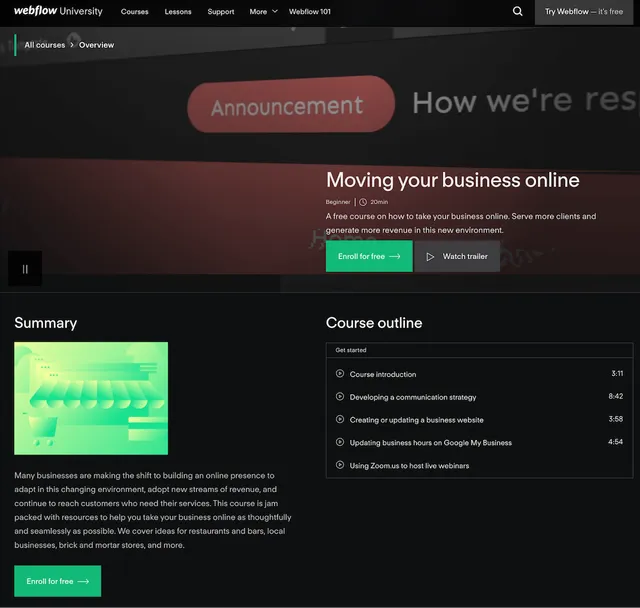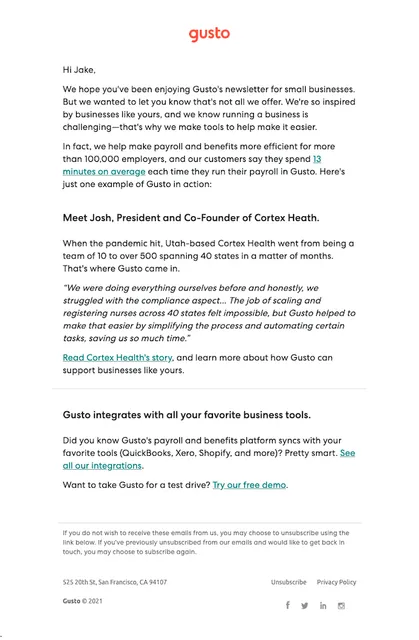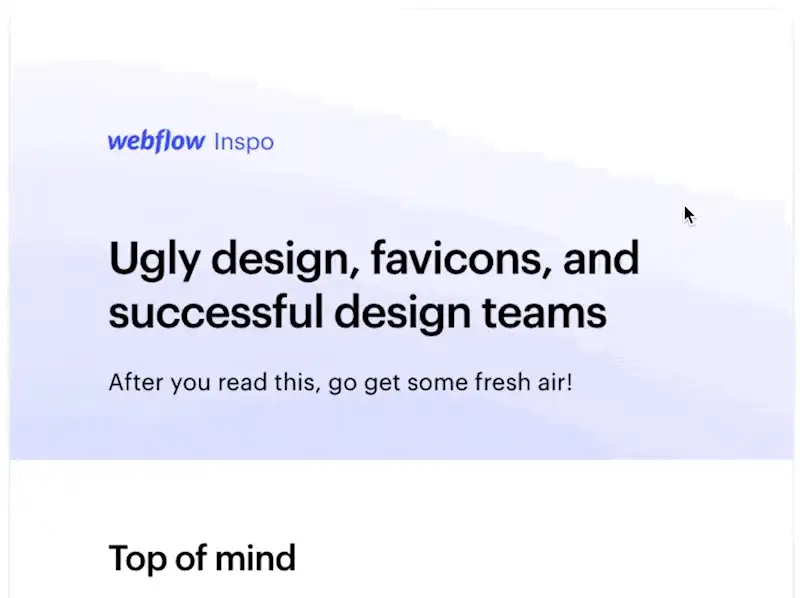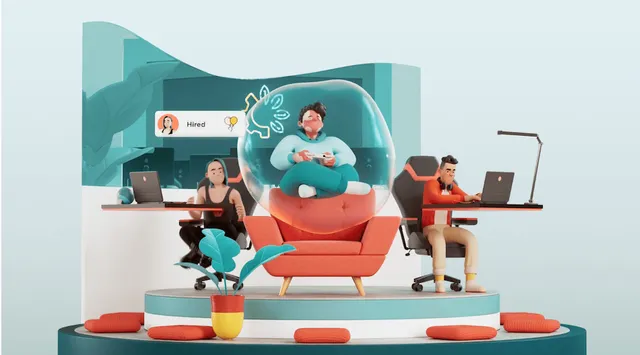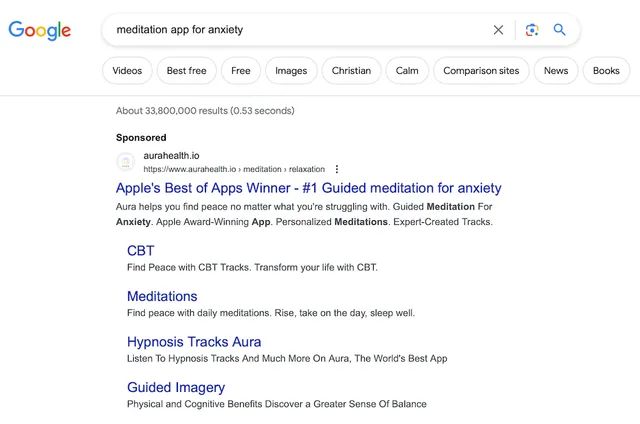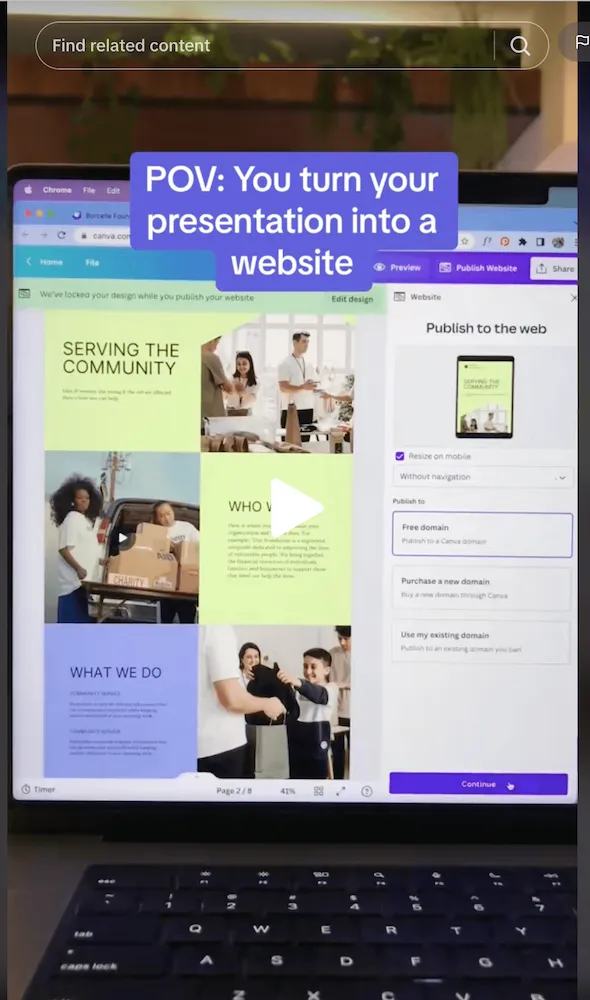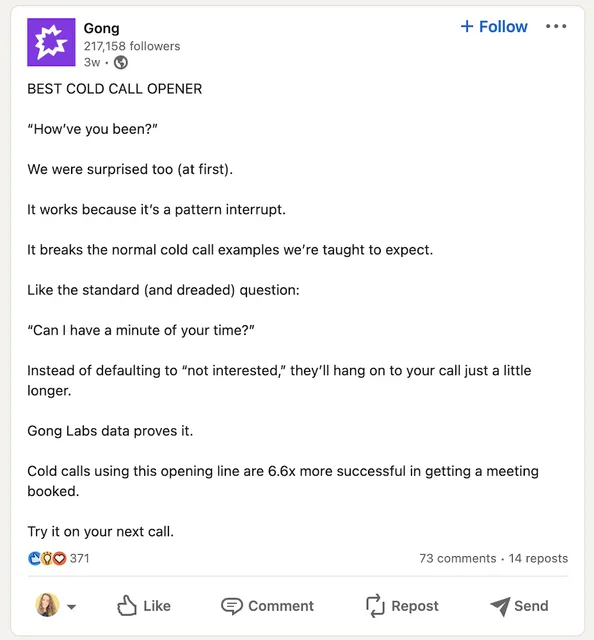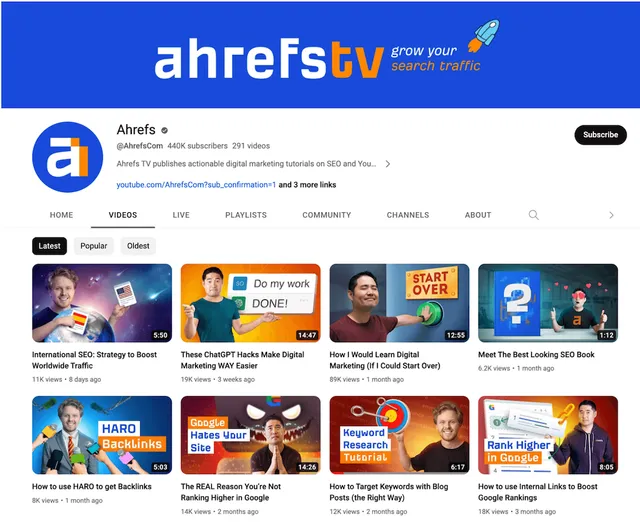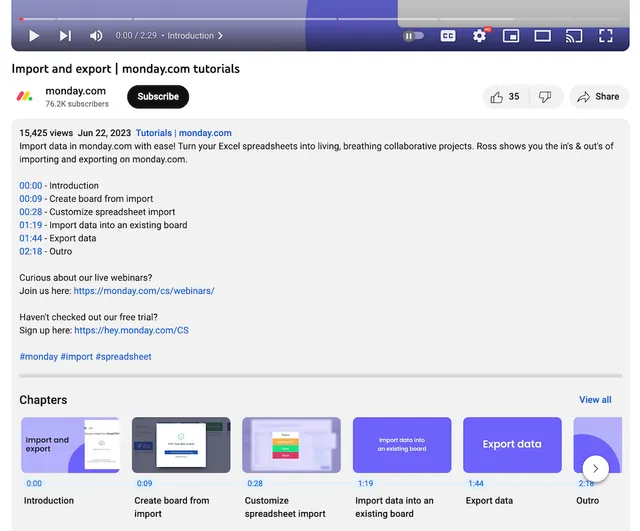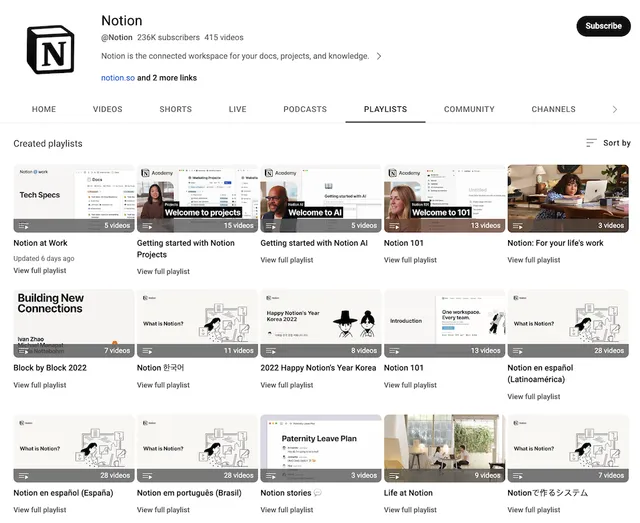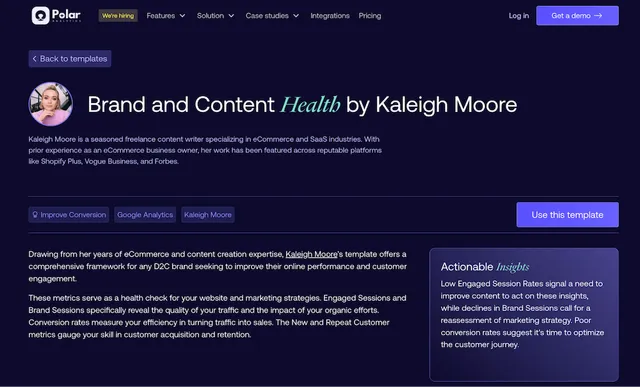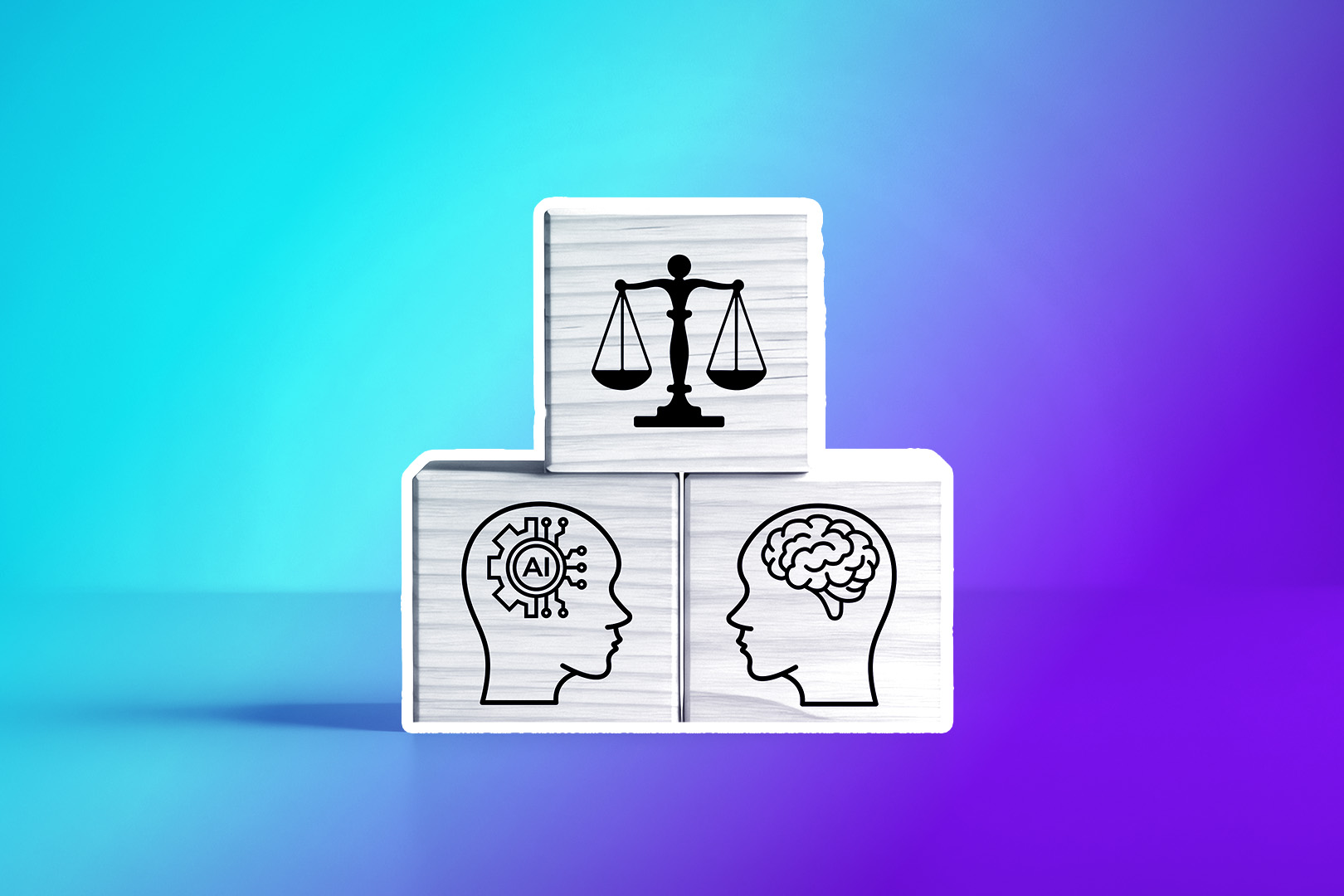Without customer acquisition, you don’t have a business. You have an expensive hobby.
If your sales results tend to be unpredictable, chances are you haven’t nailed your customer acquisition strategy. Not knowing where your next customer might come from is nothing short of terrifying.
That’s not the best environment for a sales team to thrive in, is it?
Whether you’re launching a new product, looking to strengthen your sales process, or want to acquire new customers at a lower average cost, you’re in the right place. We present you… the ultimate customer acquisition guide.
What is Customer Acquisition?
Customer acquisition is one of the only two ways a company can be in business—the other one is customer retention, AKA selling to existing customers.
The role of customer acquisition is crucial because it:
- Expands your opportunities to generate loyal customers: Closing a deal means an instant revenue boost; reports for this month, quarter, and year will look better because of it. But each new customer can also become a loyal customer—one that will keep bringing you revenue for years to come—so winning new business increases the long-term health and stability of your company.
- Minimizes the impact of churn on the health of your business: Zero churn would be ideal, but it’s the stuff of fairy tales. Without a consistent influx of new customers, your revenue gets lower and lower with each existing customer you lose.
- Focuses every team on a common goal: Everyone from leadership to marketing, sales, product, support, and operations plays a role in winning new customers. Putting that goal front and center reinforces the work that will make it happen.
“Build it, and they will come,” doesn’t work. Intentional customer acquisition efforts do.
You’ll never regret spending your time building your customer acquisition strategy—this type of work is what will keep bringing results for many years ahead.
The Customer Acquisition Funnel
The customer acquisition funnel is the sequence of steps a prospect goes through to become your customer. It’s the backbone of your entire marketing and sales process.
It can look differently for different companies, industries, product types, and buying processes, but a customer acquisition funnel typically includes these stages:
- Awareness: The prospect is aware of the problem they have and searches for explanations and potential solutions
- Interest: They make the first touchpoint with your business thanks to your lead generation efforts
- Consideration: The lead fully understands their problem and seeks both educational and product-specific content
- Evaluation: They’re highly engaged and are considering and comparing options and solutions
- Purchase: Last-minute questions, contract signing, and the actual deal close

Why is understanding the customer acquisition funnel important? Because, more often than not, leads need to touch every stage before they become customers.
Keep in mind they won’t necessarily move through your sales funnel in a linear fashion. Their first interaction with you (interest) might happen at the same time as their solution comparison (evaluation) because someone they trust recommended your product after they spent months in the topic research (awareness) and product research (consideration) stage.
What is Customer Acquisition Cost (CAC)?
Customer acquisition cost (CAC for short) is a sales metric that determines how much it costs your company to acquire a new customer.
The customer acquisition cost formula is:
Customer Acquisition Cost = sales costs + marketing costs / # of new customers acquired

There are two approaches you can take to calculate your customer acquisition costs.
First, you can take into account all of your expenses that relate to marketing and sales, including salaries for your sales team, marketing consultant fees, creative costs, trade show fees, and sales and marketing software.
This is the true total cost of customer acquisition, a big-picture overview you can consider when assessing your company’s profitability, fundraising goals, hiring plans, and other strategic moves.
Alternatively, you can focus on specific campaigns and channels and calculate their CAC to compare the results they give you. For example, you can calculate CAC for LinkedIn ads, Google ads, and Facebook ads by only taking into account their respective expenses, like ad costs and consultant fees, to learn which marketing campaign is the most cost-effective for your business.
Customer Acquisition vs. Plain Old Marketing: What’s the Difference?
“Sooo uhhh isn’t customer acquisition just a fancy word for marketing?” I hear you thinking.
The answer is yes and no. Marketing can have quite a few different goals, from driving brand awareness through social media reach and organic website traffic to generating loyalty and referrals using email automation. It touches the entire customer journey. Marketing efforts can generate press coverage, attract investors, and position you as the go-to product for your buyer persona or your ideal customer profile.
Customer acquisition is focused on driving specific action, like a free trial signup, a product demo request, or a free-to-paid conversion. It’s the end result of a successful marketing plan, but just ‘doing marketing’ isn’t enough to win new customers.
You need dedicated customer acquisition strategies in place to reach the right people, become one of the solutions they’re considering, and convert them into a customer, which is exactly what we’re diving into next.
7 Customer Acquisition Strategies to Close More Deals
There are many ways to acquire customers—organic search, webinars, email, paid ads (PPC), organic social media marketing, YouTube, and partnerships are the core ones we’ll dive deep into.
What are the right customer acquisition channels for you? Should you do all of them? Some of them? Just one?
Each strategy you implement is a channel you need to manage. It becomes your overhead, even when it’s bringing results. So the real question is: how many can you handle on an ongoing basis, and which ones?
If trying every strategy means you’ll be bad at every strategy, drop them in favor of up to two. Even combining just two of these strategies, when executed well, can fill your pipeline with you dream customers.
1. Implement a Strategic Content Marketing Strategy (SEO and Organic Traffic)
Search engine optimization (SEO) certainly isn’t a groundbreaking approach. You might even think it’s an oversaturated channel, and that the golden age of SEO is long gone.
But SEO’s potential is still there—it likely always will be. Why? Because it’s one of several inbound sales strategies, meaning you can invest your time in quality content that matches your target market’s pain points and challenges so prospective customers can find you rather than you reaching out to them.
It may take time to build, but this strategy will give you serious dividends for years. By creating content that focuses on the intent behind specific keywords, you can match your audience’s needs in every stage of the customer acquisition funnel and nudge them toward the next stage.
Let’s say you sell eCommerce software. Here’s some info your potential customers could be looking for, and how they map to the funnel:
- Top of the funnel: “eCommerce business ideas”
- Middle of the funnel: “What is the cheapest way to ship internationally?”
- Bottom of the funnel: “Best eCommerce platforms for beauty products”
Companies that answer these questions for their market win that market.
To nail your SEO-focused content, lean on tools and strategies like:
- Ahrefs, which lets you analyze your competitors and find gaps in their content so you can stand out in search
- Clearscope, to optimize each piece of content for maximum comprehensiveness and relevance
- Gated content, AKA using opt-in forms or dedicated landing pages for higher-value content (like templates, checklists, or eBooks) to turn a reader into an email subscriber
Here are three examples of this customer acquisition strategy:
2. Offer Online Training or Webinars
Running online training sessions is powerful. With it, you can package valuable, in-depth training—something your potential customers wouldn’t mind paying for—and offer it for free.
Here are just a few ways to position and implement online training as a customer acquisition strategy:
- Live webinars
- On-demand, pre-recorded video sessions
- Product-specific tutorials and walkthroughs
- Sessions with expert guests
Just like with SEO, the key is to tie your approach to the problems your audience wants to solve. The better you know your target customers, the more you’ll know which training should be based on your product vs. being a product-agnostic, purely educational session. Lean on your market research to understand the best approach for each topic.
The more you run these sessions, the bigger your training library will be, which you can then optimize for traffic, lead generation, and sales conversions with different channels, call-to-actions, and follow-up emails.
Check out three examples of this customer acquisition strategy:
3. Create Email Campaigns That Deliver Value
Our email inboxes are arguably the most intimate space on the internet. It’s loud and crowded out there, so whoever we let into our inbox needs to deserve it.
That’s what makes email marketing a powerful customer acquisition method—one you need to use with care and caution. The key question then becomes: how can you add value to the emails you send to your potential customers?
Answer that question based on how someone ended up on your email list in the first place. For example:
- Free trial subscribers: Send product tips that will lead them to their first win inside your product, customer success stories, and beginner-friendly tutorials.
- Newsletter subscribers: Send a survey to learn more about their goals and challenges, then follow up with content about topics they mentioned that are both educational and feature your product.
- Subscribers who downloaded a gated resource: Send a sequence of emails that answer key questions within the same category.
When an email is relevant and valuable, a product pitch will never feel out of place. It will feel like the right next step to take—and that’s the ultimate goal of each customer acquisition strategy.
Here are three examples of this customer acquisition method in action:
4. Use Carefully Targeted Paid Ads
Paid ads have two distinct benefits over most other customer acquisition methods: they can shorten the timeline to the results you want, and they’re hyper-targeted.
Organic search takes time, as does building your brand, reputation, email list, and customer loyalty. But the engine behind paid advertising lets you show specific messages to a specific segment of your target audience based on who they are and how they behave online—instantly.
The best thing about ads is the diversity of platforms and formats you can explore, including:
- YouTube ads, including skippable and non-skippable video ads before, during, or after a YouTube video
- Social media ads, like sponsored tweets, static Facebook ads, ads in Instagram Stories, and paid ads on LinkedIn feed and in LinkedIn inbox
- Search ads on top of search engine results on Google and Bing
Paid ads can support your entire customer acquisition funnel and move the right people into the next stage in the funnel. Not just that: it can level up the full customer experience.
Let’s say you’re an accounting software company. Here’s how paid ads could help you grow your customer base:
- A search ad promoting an in-depth guide about managing cash flow in business. It targets search terms related to "business cash flow."
- A Facebook ad promoting a branded business cash flow calculator. It targets people who have visited the in-depth cash flow guide.
- A YouTube ad showing a stressed-out accountant who solves their stress with specific features of your product. It targets both your visitors from the above two ads, and everyone that signed up for the calculator in the past month.
- A LinkedIn ad promoting a customer success story with quotes and tangible results. It targets people who have viewed your entire YouTube ad or engaged with it.
- An ad on Facebook and LinkedIn that mentions a recently started free trial and encourages a paid plan signup. It targets recent free trial signups.
Retargeting ads, possible thanks to pixels (like the Meta Pixel) or your own data (like the emails your leads used to download a resource or sign up for a free trial), will bring you to your target customers’ attention in the ideal moment—and nudge them to take action.
Here are three great examples of this customer acquisition method:
5. Go All-in on 1 or 2 Social Media Platforms
Organic social media can feel like talking into the void… Because quite often, that’s exactly what it is.
More often than not, the issue is that you may try to be present on every platform: LinkedIn, Instagram, TikTok, X (formerly Twitter), Facebook. That’s a lot of places to show up on. So, instead of being original and making a real contribution, you end up sharing generic content that doesn’t make your target audience excited and doesn’t take off beyond a narrow circle of followers.
The magic is in choosing just one or two platforms and going all in:
- Maximizing its features and capabilities.
- Spending your time to engage with every comment from your audience.
- Leveraging trends on that specific platform to give your content more mileage.
That’s how you’ll not just master the platform, but measure the return on investment (ROI) of your social media efforts, too. And while social media engagement may not convert to direct sales, it will turn casual viewers into engaged fans—and those are much more likely to become loyal customers.
Let’s take a closer look at three companies using this in the real world:
6. Publish Educational Video Content on YouTube
Already convinced that organic traffic is an approach worth investing in? Then you’ll love the customer acquisition potential of YouTube, AKA the world’s second-largest search engine. Only this time, it’s not your website content you need to optimize.
The video format is immersive and lets you cover your audience’s challenges—and your product, when the opportunity is there—with more detail and fewer distractions.
YouTube’s platform gives you the benefit of solid user experience, discoverability, and a customized viewer experience with:
- Playlists: Create a binge-able viewing experience by connecting videos about related topics or features (like use cases, beginner tutorials, and customer stories)
- Shorts: Promote longer YouTube videos with shorter snippets, edited as a vertical video
- Chapters: Divide your video into sections that are easy to navigate
- Video description and links: Add details and use a CTA that leads to a free trial signup, product demo, or features page
Here are some fantastic examples of companies using this customer acquisition strategy:
7. Build Highly Rewarding Partnerships
Partnerships done well can place you right in front of an ideal, ready-to-buy audience. The goal is to make the partnership worthwhile for both parties, so start by asking yourself: what can someone gain by partnering with us, and how does it help us win new customers?
Three ways you can implement partnerships include:
- Business partnerships: With complementary software products (integrations) or with service providers (e.g., agencies)
- Influencer marketing: Partnering on content for your channels or sponsoring content on their own channels
- Affiliate marketing: Affiliate or referral program for customers or for your audience in general that rewards them for each customer they send your way
In each of these strategies, you stand to win new customers. In the case of business partnerships, your partners win new customers, too. Influencers grow their income and build their reputation, and affiliates get a financial reward.
You can choose one or a combo of partnership strategies—just make sure it aligns and makes sense with your buying process, pricing, and overall messaging.
Need inspiration? Here are three examples of this customer acquisition method in the real world:
How to Improve Your Customer Acquisition Process (and Lower CAC)
Customer acquisition is just one piece of the success puzzle. Here are a few more elements and strategies you can (and should) pair it with.
Reduce Customer Churn
A while ago, Harvard Business Review reported that it’s up to 25 times more expensive to acquire a new customer than to retain an existing one.
The exact number may have changed, and it certainly varies for different industries, markets, and pricing models, but churn is expensive and can downright ruin your business. So, no matter how many first-time customers you acquire each month or quarter, making them repeat customers is what makes your business viable.
How can you minimize your churn rate—and maximize your customer retention? Here are a few strategies to try:
- Quiz churning customers before they hit the cancel button. Learn whether it’s because of the price, cost-cutting, struggle to make the most out of the product, unclear value, a confusing UX, or something else—there are fixes for many of these.
- Refine your buyer personas and marketing messaging. Meet with your marketing team to align the demographics, roles, revenue brackets, and use cases you’re targeting with marketing and sales efforts. This will ensure you’re attracting great-fit leads.
- Offer proactive customer support. Schedule a reminder to check in with customers and free trial users on a regular basis over a short call, email, or text message so you can proactively solve any issues that could cause churn in the future.
Increase Cross-Selling and Upselling
By identifying upselling and cross-selling opportunities, you can solve the issues your customer possibly wasn’t even aware you could, and increase the customer lifetime value (LTV) of that customer in the process.
For example, ConvertKit offers Creator and Creator Pro plans, the latter being the higher tier with additional features like newsletter referrals, subscriber scoring, and the option to edit links in the email after sending.
By tracking which customers grow their lists quickly and show the signs they’ll need more advanced features soon, ConvertKit was able to promote Creator Pro to specifically those customers, upsell them, and increase their lifetime value.

Follow Up on Leads Faster
You might be doing everything right when it comes to lead generation, but you’re not taking action on those leads quickly enough.
That money you’re spending on LinkedIn ads, video production, or influencers? If you don’t have a proper lead follow-up strategy, you’re throwing that cash straight into the fire.
Make it your mission to check in with a new lead or a free trial user as quickly as you can with a:
- Follow-up email
- Personalized video
- Phone call
- Voicemail
- Text message
Start with just one of these, of course—and watch your conversion rate go up (and your acquisition budget turn into ROI instead of ashes).
Build Stronger Customer Relationships
Finally, delight your customers at every touchpoint by keeping proper track of every interaction you have with them.
That’s where a customer relationship management tool (CRM) comes in. Most importantly, it does much of that for you, i.e., without turning into a grand project that takes you away from selling.
Tracking the lead generation campaign they came from, setting up automated follow-ups, tracking your sales notes, and keeping an eye on your hottest leads are just a few things a CRM like Close lets you do.
Strong customer relationships come from knowing your customers—Close is the system that stores everything you need to know about them to make that happen. Start your free trial of Close to win new customers and keep them around.






